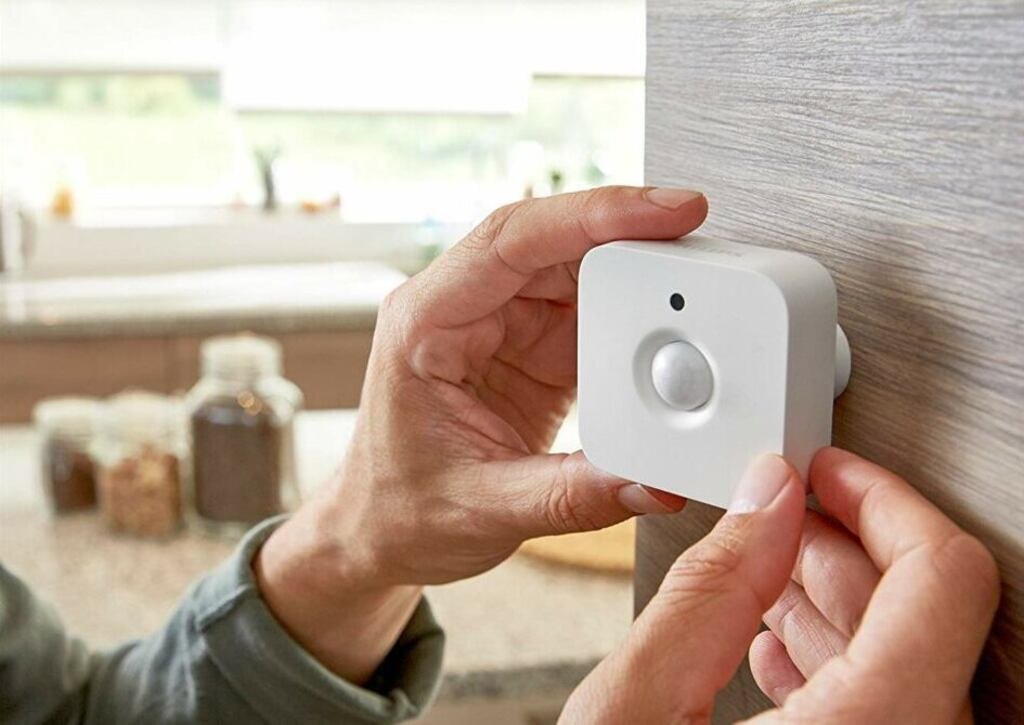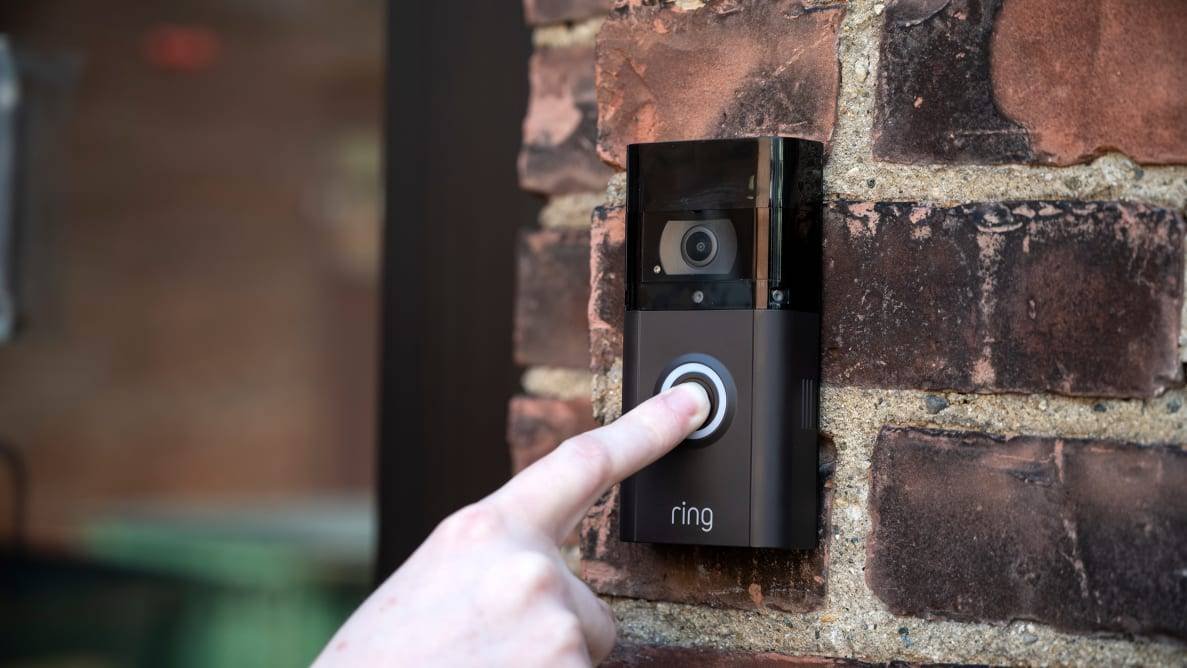If there is one thing that everyone should think of in today’s world is how to secure their homes. With the advancement of technology, thieves have also advanced, and simple locks and keys can no longer make us feel safe.
Fortunately, there are many new home security tools. One of the common modern tools for home protection is motion sensors. Many questions might now be crossing your mind, like what is a motion sensor? How can it boost my home security?
To get the answer to these questions, stay on. We’ll cover what motion sensors are, different types of motion sensors, where to install them, and their benefits.
Definition of Motion Sensor
A motion sensor is a device that uses sensors to recognize, detect, and measure incoming human or animal motion. They are used in homes and businesses to strengthen security. You can also use motion sensors in game consoles, virtual reality systems, and phones.
There are three major components of motion sensors, and they include a sensor, an embedded computer, and hardware. These components vary in size and design.
These components work together. When the motion sensor senses motion, it activates responses like sounding an alarm, sending a notification to a smartphone, or even turning on lights.
Types of Motion Sensors
There are two types of motion sensors: active motion sensors and passive motion sensors.
Active Motion Sensors
These are motion sensors that have both a transmitter and a receiver. They detect motion by measuring any small changes in the sound or radiation by reflecting it into the receiver. If any object comes in the way of the sensor and interrupts its field, the sensor sends an electric pulse to the other component, the embedded computer, which sends it to the mechanical component.
The most common types of active motion sensors are ultrasonic, microwave, and tomographic sensors.
Ultrasonic
The ultrasonic sensor technology emits ultrasonic waves or sound waves to detect the presence of any moving object. When the distance between the sensor and the object changes, it triggers an alarm.
Microwave
These sensors are similar to ultrasonic sensors but use microwave pulses instead. Microwave motion sensors cover a broader area, but they are more expensive and sometimes prone to false alarms compared to other motion sensors.
Passive Motion Sensors
These types of sensors use the radiation change in their environment to detect motion. They don’t have a transmitter like the passive motion sensors, so they cannot measure the reflection of the incoming object.
Examples of passive motion sensors include;
Passive Infrared (PIR)
This is the most common type of motion sensor. The PIR sensor detects infrared radiation naturally emitted from human and animal bodies. The PIR’s receiver is put in a filter that only allows infrared radiation to pass through it. When a warm object moves within the sensor’s range, it triggers the alarm.
When a human or an animal passes through the sensor’s field of detection, it creates a difference in radiation, causing a positive charge in the receiver. When this happens, the sensor sends this perceived change to the embedded computer and hardware.
Dual Technology Sensors
These types of sensors combine passive and active motion sensor technology to detect movement. For example, a sensor might use both PIR and microwave technology.
Where to Install Motion Sensors?
For the motion sensors to be more effective, you should place them in ideal places. The common installation points include:
- Entrance Doors: Placing sensors near the front and back doors is a must.
- Windows: Especially those that are hidden from view or easily accessible.
- Hallways: To catch any intruder moving from one room to another.
- Garages: Often an overlooked entry point.
- Stairways: To monitor movement between floors.
What Are the Benefits of Motion Sensors?
Motion sensors have lots of benefits both in home and business security. Some of its benefits include;
Enhanced Security
The main reason for installing motion sensors is to beef up security. When an intruder tries to enter your home or business premises and hears an alarm, they are less likely to proceed.
Saves Energy
Some motion sensors can be paired with smart lighting systems, activating lights only when needed, which saves electricity.
Peace of Mind
Knowing that you’ll be instantly alerted if someone tries to enter your home can provide immeasurable peace of mind.
False Alarms
While motion sensors are generally reliable, false alarms can occur. Pets, blowing curtains, or even moving shadows can sometimes trigger the sensor. Dual technology sensors and proper placement can mitigate this.
Easy connection
Modern motion sensors can connect to your smartphone through a home security app.
Cost
Motion sensors are cheaper than you might think.
Conclusion
Motion sensors are not only important in our homes but also in business premises. They’re a good addition to any home security setup. Besides beefing up security, they also help save energy, making them the best security system.
Recommended Posts:














